$260.00 Original price was: $260.00.$250.00Current price is: $250.00.
Looking for a pet tortoise? Greek Tortoise, also known as Testudo graeca, is a great option! Learn about their care, habitat, diet, and more in this comprehensive guide.
Testudo graeca, sometimes referred to as the Greek Tortoise, is a well-known species of tortoise that is indigenous to Greece, Turkey, and other areas of the Mediterranean. Due to their small size, amiable demeanour, and simplicity of maintenance, these tortoises are adored by pet owners and tortoise aficionados throughout. We’ll cover everything you need to know about Greek tortoises in this guide, including how to take care of them, where they live, what they eat, and other details.
Greek tortoises are gregarious creatures and can live in groups as long as the enclosure has appropriate room. It is advised to keep males apart during the breeding season since they can get hostile towards one another.
Care
Greek tortoises are tough animals that require little maintenance, but there are a few things to keep in mind to keep them happy and healthy.
Greek tortoises need a large cage with lots of floor room to walk about and explore because they are terrestrial animals. The enclosure needs to be safe from intruders and hostile weather conditions. A temperature gradient with a basking area at one end and a colder area at the other is crucial. At night, the temperature shouldn’t drop below 70°F (21°C), while during the day, it should be kept between 75 and 85°F (24 and 29°C). The ideal temperature for the basking area is 90°F (32°C). Additionally crucial to their health, a UVB lamp should be on for 10 to 12 hours daily.
Greek tortoises must eat a high-fibre diet that primarily consists of vegetables, fruits, and dark leafy greens because they are herbivores. In order to make sure they get all the nutrients they need, a variety of foods should be provided. Avoid giving children foods heavy in protein, such meat and dairy, as this might cause health issues.
Greek tortoises need constant access to clean water for hydration. They also require a humid climate to help with digestion and shedding. To keep the enclosure humid, provide a small dish of water for soaking in addition to a misting system or regular spraying with a spray bottle. tunisian greek tortoise
Health: To make sure the tortoise is in good health, regular checkups with a veterinarian who specialises in reptiles are advised. Lethargy, loss of appetite, diarrhoea, and respiratory issues are all symptoms of sickness. To stop the transmission of disease, the enclosure must be kept clean and hygienically maintained. greek tortoise subspecies
Greek tortoises are curious creatures who want to explore their surroundings. Giving children something to climb on and hide under, such rocks, logs, and plants, can stimulate and enhance their minds.
In general, a Greek tortoise can live a long and healthy life with the right care. the greek tortoise
Benefits
Greek tortoises make wonderful pets with their own physical characteristics and colourful past. They are not only a stunning and exotic addition to any collection, but they also offer their owners a host of advantages. The following are a few of the main advantages of owning a Greek tortoise: greek tortoise lighting
Greek tortoises are among the least demanding reptiles to maintain. They are easy-care pets that don’t need a lot of care. They require routine feeding and cleaning, although they do not require as much upkeep as other reptiles do.
Greek tortoises can live up to 100 years and have a long lifespan. They can thus be a companion for life, bringing their owners years of happiness and company. libyan greek tortoise
Educational: Greek tortoises make excellent pets for both kids and adults. They provide a fantastic opportunity to learn about their behaviour and natural surroundings.
Therapeutic: Taking care of and gazing over Greek tortoises is calming and relaxing for many individuals. They are the perfect pet for anyone who need a little additional emotional support because they can aid with stress and anxiety reduction.
Low cost:
Greek tortoises are quite inexpensive to maintain as pets compared to other species. They don’t require expensive veterinary care, a lot of food, or specialised equipment.
Interesting and distinctive: Greek tortoises are unusual and fascinating pets. They distinguish themselves from other reptiles by having a unique appearance and personality.
Greek tortoises are excellent pets because they are eco-friendly. They are an excellent option for anyone who wants to lessen their carbon footprint because they don’t produce garbage or need electricity.
Grecian tortoises are kind and simple to handle. They make typically good pets and don’t need any specific training.
Greek tortoises make excellent pets for people who live in apartments or other small settings. They may be kept in a small terrarium and don’t need a lot of space.
Greek tortoises are uncommon and exotic pets that never fail to dazzle. They may offer something special to any collection and are a wonderful conversation starter.
Greek tortoise breeding
Breeding Greek tortoises (Testudo graeca) requires careful planning, appropriate habitat conditions, and a responsible approach. Here are some general guidelines for breeding Greek tortoises:
- Age and Health: Ensure that the tortoises you intend to breed are in good health and have reached sexual maturity. Greek tortoises typically reach sexual maturity at around 5 to 7 years of age, although it can vary between individuals.
- Pairing: Introduce a male and a female tortoise for breeding. It’s crucial to provide enough space for both tortoises to avoid territorial conflicts. Ensure that the male and female are compatible and show signs of healthy behavior and interest in each other.
- Habitat and Enclosure: Provide a suitable enclosure for the tortoises with ample space, hiding spots, and proper heating and lighting. The enclosure should mimic their natural habitat, including a mix of vegetation, open areas, and sheltered spots.
- Temperature and Lighting: Maintain appropriate temperatures and lighting within the enclosure. Greek tortoises require a basking spot with a temperature around 90-95°F (32-35°C) and a cooler area around 75-85°F (24-29°C). Provide full-spectrum UVB lighting to support their health.
- Diet and Nutrition: Ensure that the tortoises have a well-balanced diet rich in leafy greens, vegetables, and occasional fruits. Calcium and vitamin supplementation may be necessary, especially for egg development.
- Courtship Behavior: Observe the tortoises for courtship behavior, which may include head bobbing, circling, nudging, and vocalizations. Mating usually occurs in the spring or summer.
- Egg Laying: Provide a suitable nesting area within the enclosure with a mix of soil and sand. The female will dig a nest and lay her eggs. Ensure that the nesting area is moist enough to allow proper egg development.
- Incubation: If you plan to incubate the eggs, carefully remove them from the nest and place them in an incubator at a temperature of around 84-88°F (29-31°C). Monitor humidity levels and follow appropriate guidelines for egg incubation. Be aware that the sex of the offspring may be influenced by incubation temperature.
- Hatching and Care: After an incubation period of around 60-90 days, the eggs will hatch. The hatchlings should be kept in a separate enclosure with appropriate conditions and a diet suitable for their size and age.
It’s essential to note that breeding reptiles requires expertise and a responsible approach. If you are new to breeding tortoises, it is advisable to seek guidance from experienced breeders or herpetologists who can provide specific recommendations based on your location and the particular species you are working with.
Greek tortoise substrate
When it comes to substrate for Greek tortoises (Testudo graeca), it’s important to choose a material that allows for proper drainage, moisture retention, and provides a naturalistic environment. Here are a few suitable substrate options for Greek tortoises:
- Topsoil: A mixture of topsoil and sand is a popular choice for Greek tortoise enclosures. Aim for a mixture of about 70% topsoil and 30% sand. This substrate combination provides good drainage while retaining some moisture.
- Coco coir: Coco coir, which is derived from coconut husks, is another option. It retains moisture well and can create a more humid microclimate within the enclosure. However, ensure that it doesn’t become excessively damp or soggy.
- Organic potting soil: Look for organic potting soil without added fertilizers or chemicals. Make sure it does not contain perlite, vermiculite, or other additives that can be harmful to tortoises.
- Play sand: Adding a layer of play sand on top of the substrate mixture can help create a more natural environment for burrowing and digging behavior.
It’s important to maintain the substrate in a clean and hygienic condition by regularly removing feces and other debris. Also, provide a shallow water dish for drinking and soaking, which should be cleaned and refilled regularly.
Avoid substrates such as cedar shavings, gravel, or any other materials that may pose ingestion or impaction risks. Additionally, be cautious with substrates that may retain excessive moisture or are prone to molding.
Remember to research and consider the specific needs of your Greek tortoises and their natural habitat to ensure you provide an appropriate and safe substrate for their well-being.
1 review for Greek Tortoise
Add a review Cancel reply
Related products
Tortoises
Tortoises
Tortoises
Tortoises
Tortoises
Tortoises
Tortoises
Tortoises

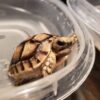
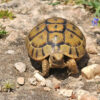
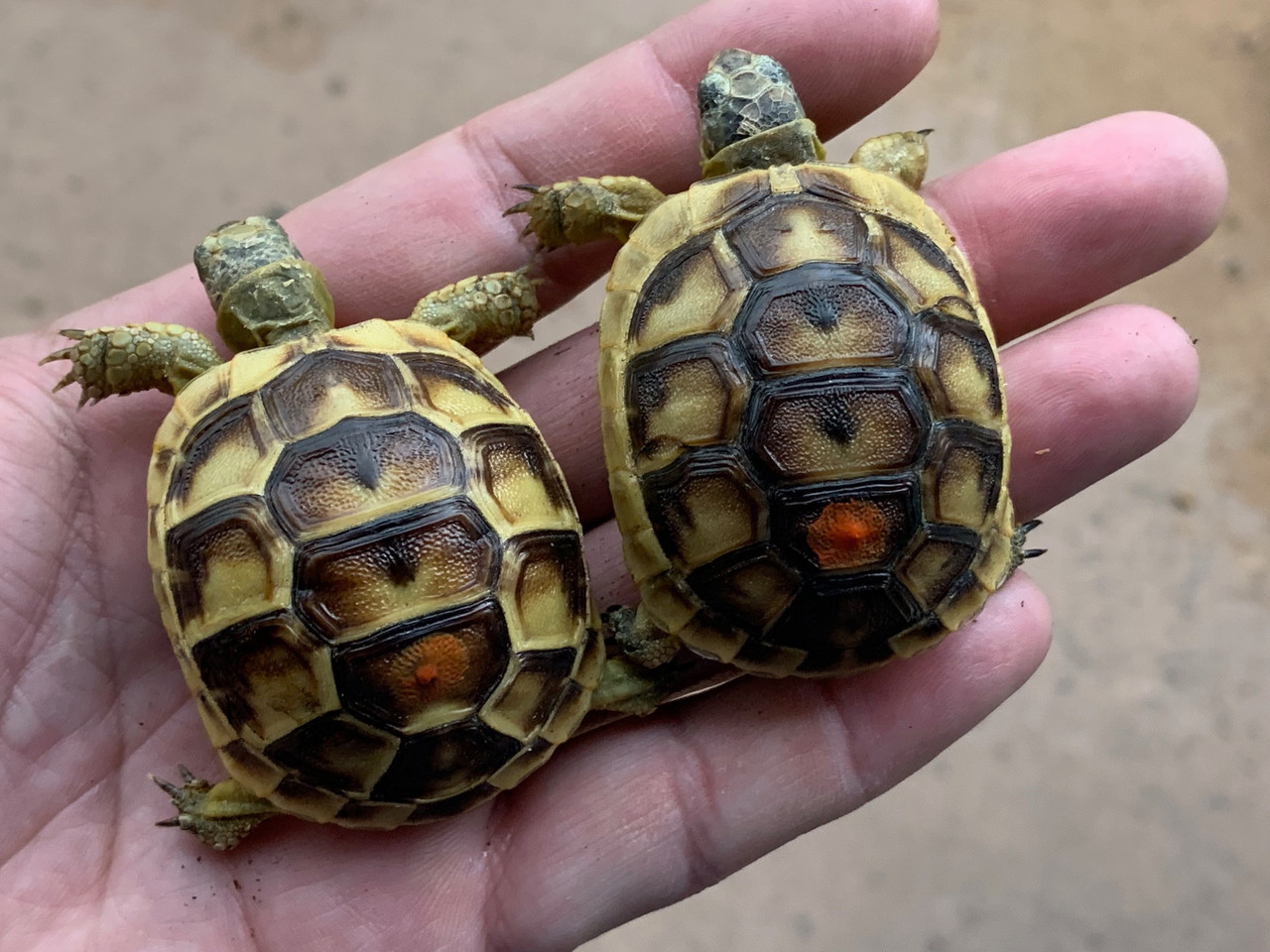



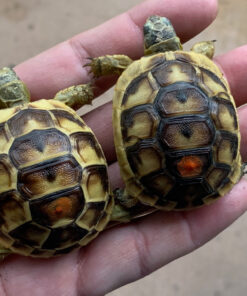
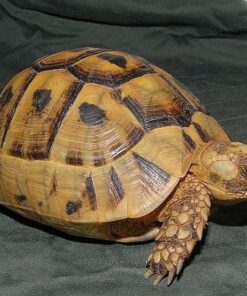

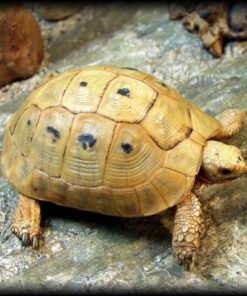
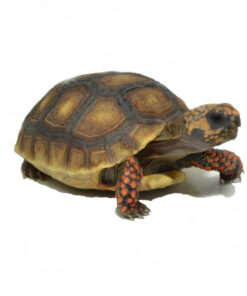

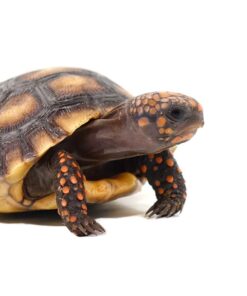
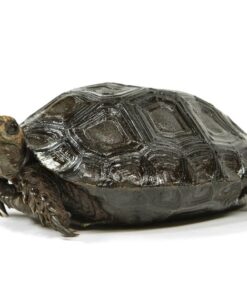
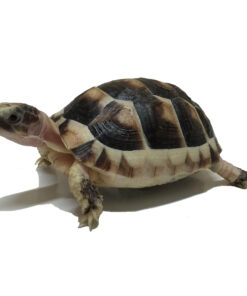

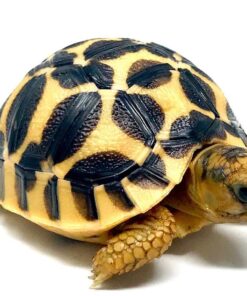
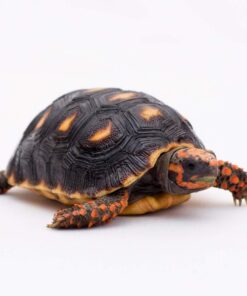
James –
Unique